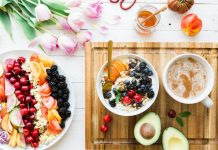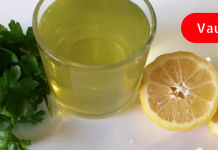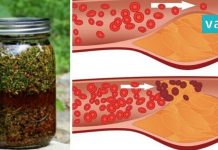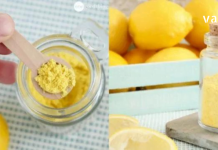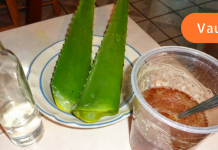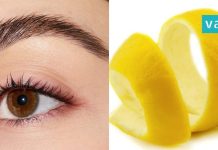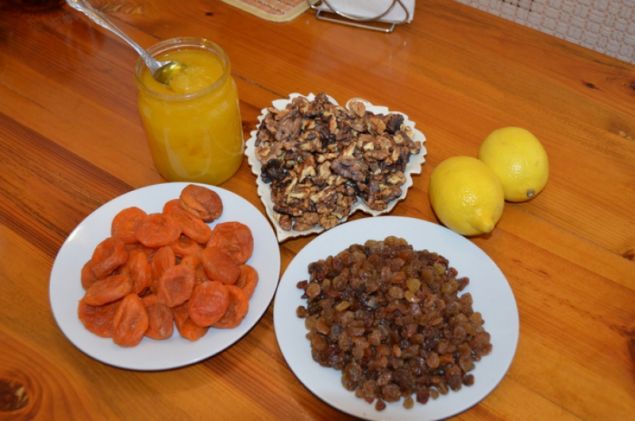What is Hemoglobin?
Hemoglobin is a vital protein found in red blood cells (erythrocytes). It is composed of two main parts: heme (an iron-containing compound) and globin (a protein). Its primary function is to transport oxygen from the lungs to the rest of the body, and to carry carbon dioxide back to the lungs for exhalation. This oxygen transport system is essential for energy production and for keeping all body organs functioning optimally.
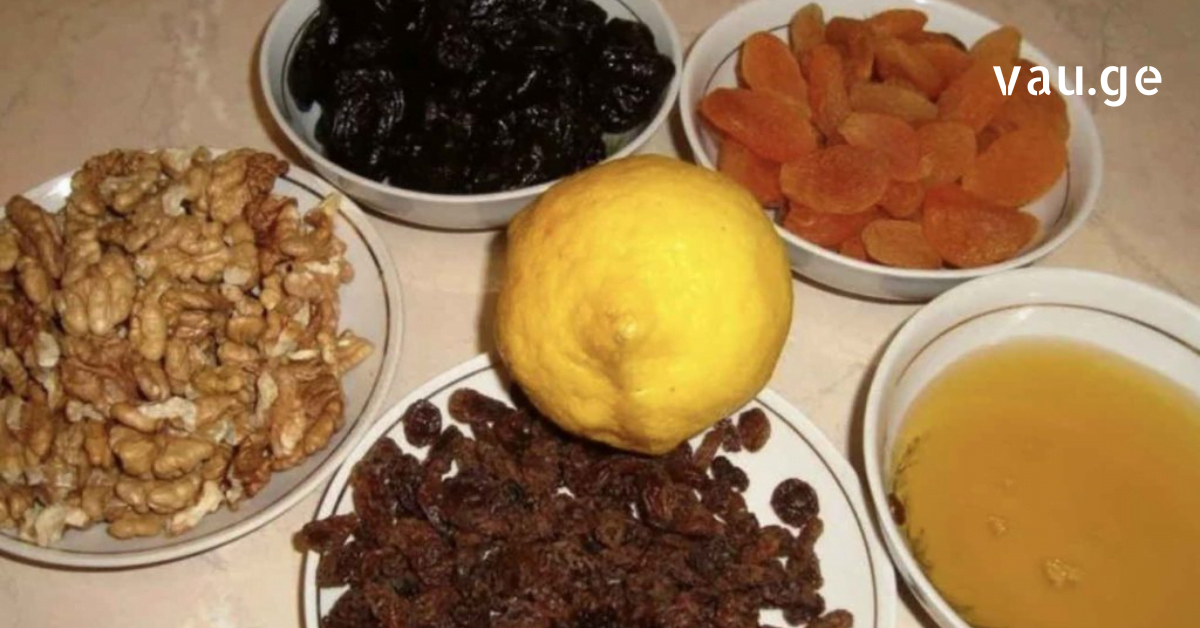
What Are the Normal Hemoglobin Levels for Men and Women?
The normal range of hemoglobin levels differs slightly between men and women:
- Men: 130–160 grams per liter (g/L)
- Women: 120–140 grams per liter (g/L)
When levels fall below these thresholds, the body may not get enough oxygen, leading to various symptoms and health complications.
What Are the Symptoms of Low Hemoglobin?
Low hemoglobin, a condition known as anemia, can result from a variety of causes, including iron deficiency, vitamin deficiencies (especially B12 and folate), chronic diseases, and blood loss. The most common way to diagnose anemia is through a simple clinical blood test.
Symptoms of low hemoglobin may include:
- General weakness and fatigue
- Dizziness or lightheadedness
- Ringing in the ears
- Shortness of breath or rapid heartbeat
- Brittle hair and nails
These signs indicate that the body is not getting enough oxygenated blood. If you experience any of these symptoms, it’s important to consult a healthcare provider for proper diagnosis and treatment.
Natural Ways to Increase Hemoglobin Without Meat
If your hemoglobin level is only slightly below the normal range, natural and traditional remedies can be very effective. Here are some meat-free options that are rich in iron, folic acid, and other essential nutrients that support red blood cell production:
1. Iron-Rich Plant Foods
Though meat is a well-known source of heme iron, there are many plant-based foods that are rich in non-heme iron, which can also help raise hemoglobin levels:
- Spinach and other leafy greens
- Buckwheat (especially raw buckwheat)
- Almonds and other nuts
- Whole grains
- Dried fruits like raisins, prunes, and apricots
- Legumes
- Seeds (e.g., pumpkin seeds, flaxseeds)
- Tofu and soy products
2. Vitamin C – The Iron Booster
Vitamin C is crucial because it enhances the absorption of non-heme iron. Without adequate vitamin C, the body may not absorb iron from plant sources efficiently. Include these foods in your diet:
- Oranges and citrus fruits
- Strawberries
- Kiwi
- Tomatoes
- Bell peppers
- Broccoli
- Lemon
- Fresh herbs and greens
3. Effective Natural Recipes
Here are some time-tested home remedies and combinations that can significantly improve hemoglobin levels:
- Recipe 1:
Grind 1 cup of walnuts with 1 cup of raw buckwheat. Add 1 cup of natural honey. Mix thoroughly and consume one tablespoon daily. - Recipe 2:
Mix equal parts (1:1 ratio) of walnuts, dried apricots, honey, and raisins. Blend well and take 1–3 tablespoons daily. This recipe not only boosts hemoglobin but also supplies the body with essential vitamins and minerals. - Recipe 3:
Blend together 1 cup each of plums, dried apricots, walnuts, and raisins. Add honey and 1–2 lemons (with the peel). Alternatively, you can use aloe vera juice instead of lemon. Take 1–3 tablespoons daily for best results. - Recipe 4:
Mix 100 ml of freshly squeezed beetroot juice with 100 ml of carrot juice. Drink once daily. This combination can raise hemoglobin levels within just two days.
- Recipe 1:
- Recipe 5:
Combine 1/2 cup of apple juice, 1/4 cup of beetroot juice, and 1/4 cup of carrot juice. Drink once or twice per day. This mixture is rich in iron, antioxidants, and vitamins. - Recipe 6:
Mix 1/2 cup of fresh apple juice, 1/2 cup of blueberry juice, and 1 tablespoon of beetroot juice. Stir and drink immediately. This blend supports both hemoglobin levels and overall immunity. - Recipe 7:
Take 1/2 cup of raw buckwheat, rinse it, and soak it overnight in 1 cup of kefir. In the morning, the mixture becomes a porridge that can be eaten as a nutritious breakfast. Buckwheat is high in iron, protein, and fiber. - Recipe 8 (Advanced Tonic):
Heat 1/2 cup of high-quality dry red wine in a water bath for 5–7 minutes. Add 1/4 cup of boiled nettle and 1 tablespoon of melted butter. Drink warm. This old remedy supports red blood cell production and warms the body.
- Recipe 5:
Final Thoughts
Raising hemoglobin levels naturally is possible, especially when the deficiency is not severe. A diet rich in iron, vitamin C, and B-vitamins, combined with traditional home remedies, can be incredibly effective. If symptoms persist or worsen, it’s crucial to seek medical advice.
By choosing one of these natural recipes and staying consistent, you can restore your body’s balance and energy—without relying on meat products.

